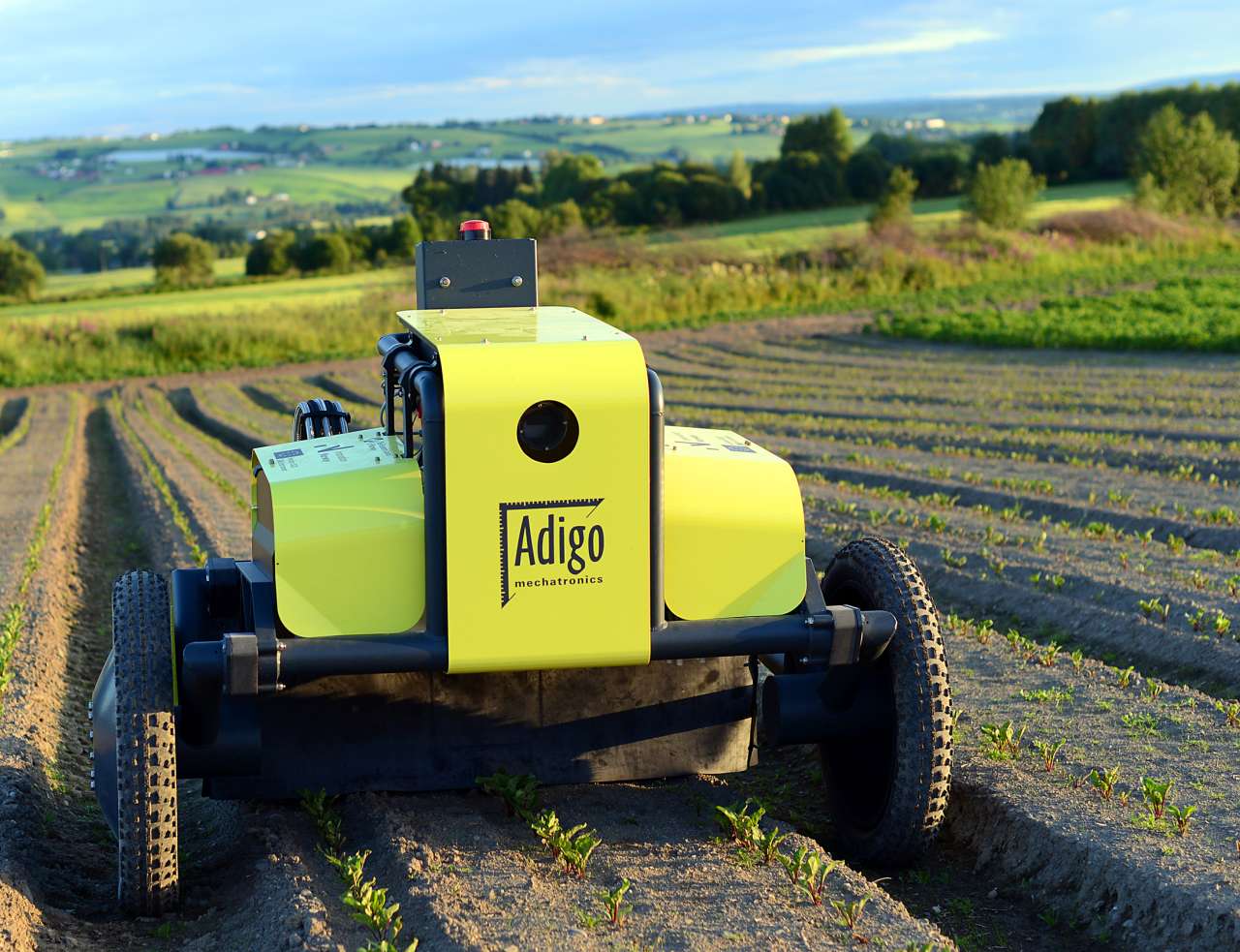Divisjon for bioteknologi og plantehelse
VEGINN: Innovasjon for bedre ugresskontroll i grønnsaker

INAKTIV
SIST OPPDATERT: 24.05.2022
Slutt: des 2017
Start: jan 2014
Slutt: des 2017
Start: jan 2014
Prosjektet hovedmål er å utvikle en innovativ metode for bærekraftig ugraskontroll i sådde radkulturer. Det utvikles en ugrasrobot som ved hjelp av maskinsyn skyter dråper med ugressmiddel på ugresset i planteraden. Hverken jorda eller nytteplantene får tilført ugrasmiddel.
Prosjektmedarbeidere
| Eksternt prosjektnettsted | Les mer om prosjektet hos Norges Forskningsråd |
| Start- og sluttdato | 01.01.2014 - 31.12.2017 |
| Prosjektansvarlig, NIBIO | Therese With Berge |
| Divisjon | Divisjon for bioteknologi og plantehelse |
| Avdeling | Skadedyr og ugras i skog-, jord- og hagebruk |
| Samarbeidspartnere | Prosjektet ledes og eies av Adigo AS. Samarbeidpartnere er Norsk Landbruksrådgiving, dyrkere og NIBIO. |
| Finansieringskilde | Norges Forskningsråd gjennom BIONÆR-programmet (Innovasjonsprosjekt i næringslivet) og Adigo AS. |
Publikasjoner i prosjektet
Til dokument
Forfattere
Trygve Utstumo Frode Urdal Anders Brevik Jarle Dørum Jan Netland Øyvind Overskeid Therese With Berge Jan Tommy GravdahlSammendrag
© 2018. This is the authors’ accepted and refereed manuscript to the article. Locked until 7.9.2020 due to copyright restrictions. This manuscript version is made available under the CC-BY-NC-ND 4.0 license http://creativecommons.org/licenses/by-nc-nd/4.0/
